Assalamu Alaikum friends
Mustard flowers, belonging to the Brassicaceae family, are small, bright yellow blooms that play a vital role in agriculture, cuisine, and ecosystems. They are widely cultivated across the world, particularly in regions with moderate climates, and are cherished for their aesthetic beauty, agricultural value, and numerous applications in human life. This comprehensive description delves into the characteristics, uses, cultural significance, and ecological importance of mustard flowers.
Physical Characteristics
Mustard flowers are small and delicate, usually grouped in clusters at the top of their stems. Each flower consists of four bright yellow petals arranged in a cross-like pattern, a distinctive feature of plants in the Brassicaceae family. The flowers are supported by thin, green stems that can grow to heights of 1 to 3 feet, depending on the variety. The vibrant yellow color of mustard flowers is one of their most striking features, making mustard fields a picturesque sight, especially during full bloom.
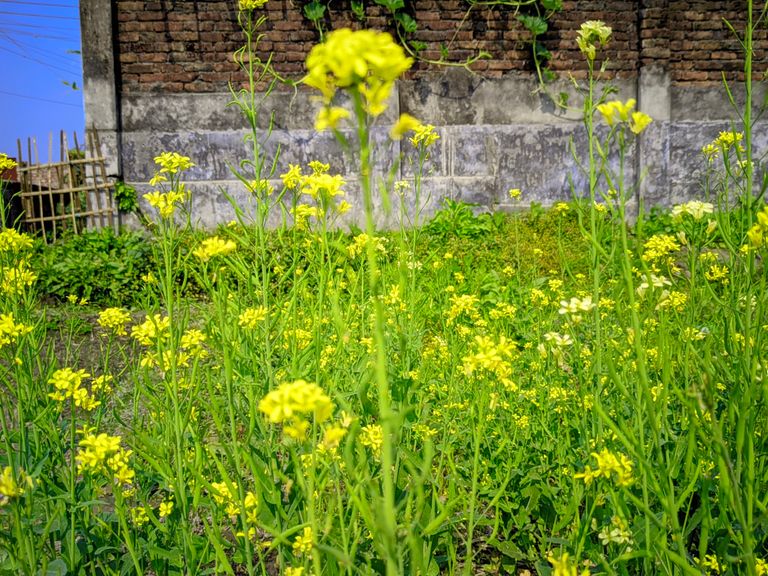
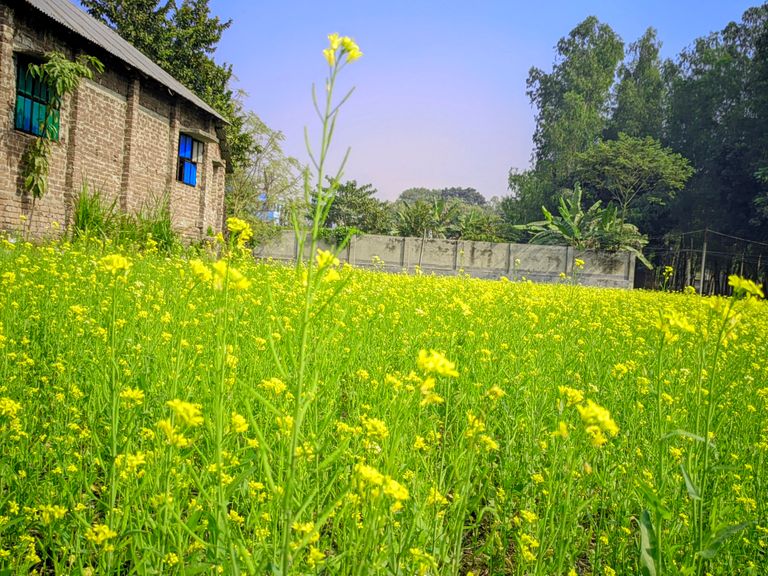
Growth and Cultivation
Mustard plants are hardy and grow in a wide range of soil types, although they thrive best in fertile, well-drained soils with adequate sunlight. The plants are usually grown as annuals and are sown in late winter or early spring. They germinate quickly, with flowers appearing within a few weeks of planting. Mustard is primarily grown for its seeds, but the flowers are an essential part of the plant's life cycle, as they lead to the formation of seed pods.
There are three main types of mustard plants:
Yellow Mustard (Sinapis alba): Known for its mild flavor and bright yellow seeds.
Brown Mustard (Brassica juncea): Spicier and commonly used in Indian and Asian cuisines.
Black Mustard (Brassica nigra): Has the strongest flavor and is often used in spicy mustard preparations.
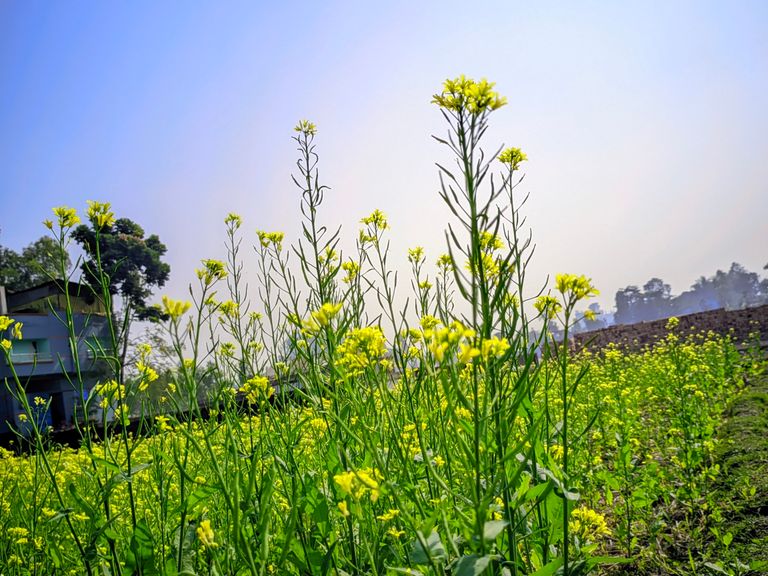
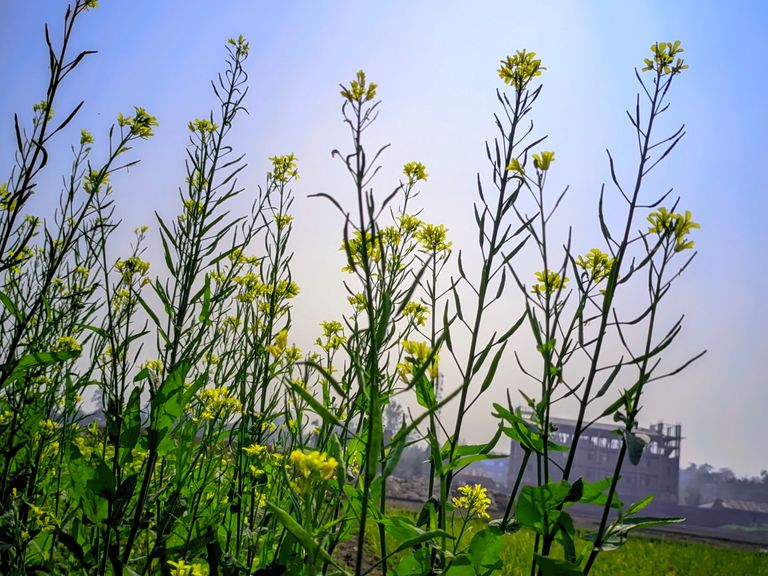
Uses of Mustard Flowers and Plants
Agricultural Significance
Mustard flowers are not only visually appealing but also serve an essential role in agriculture. They attract pollinators like bees, butterflies, and other insects, which are crucial for the pollination process. Additionally, mustard plants are often used as cover crops to improve soil fertility and prevent erosion. Their deep roots help in breaking up compacted soil, while the plants themselves can be plowed back into the ground as green manure.
Culinary Applications
While the flowers themselves are not directly consumed, they mark the beginning of seed production, which leads to the creation of mustard seeds. Mustard seeds are a staple in many cuisines worldwide, used to produce mustard condiments, oils, and spices. Mustard greens, the leaves of the plant, are also edible and highly nutritious, often used in salads, stir-fries, and soups.
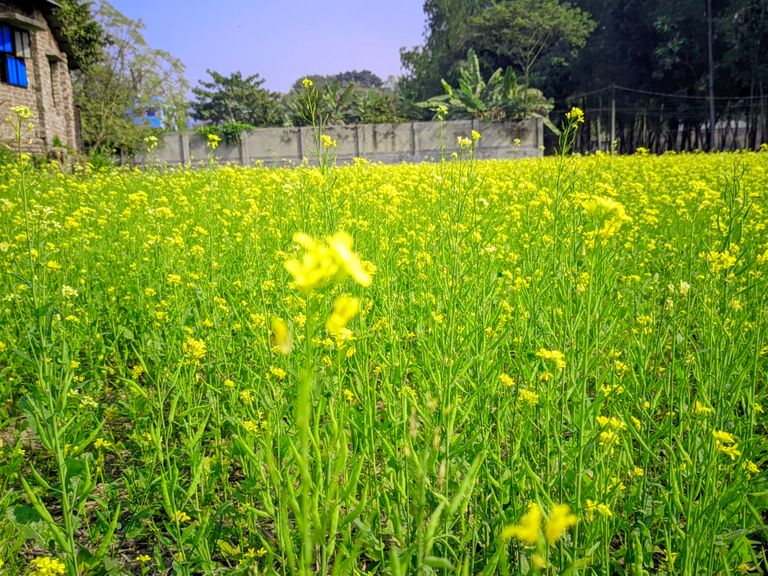
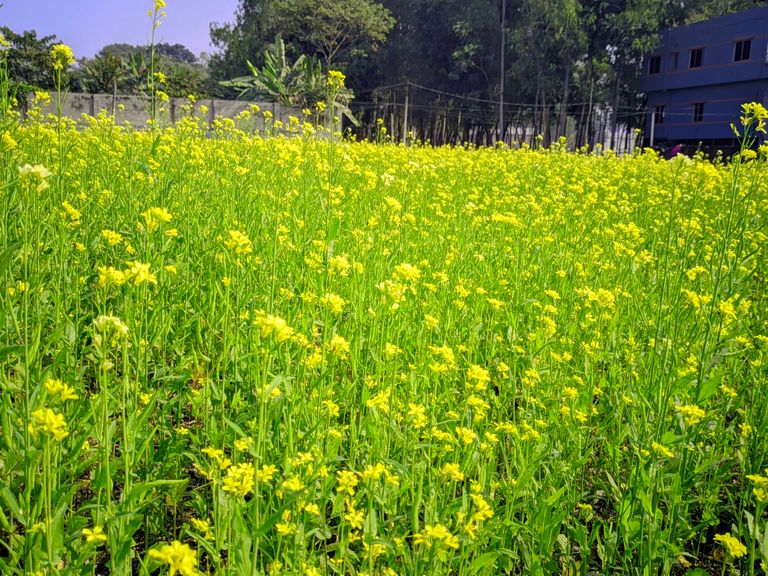
Medicinal Properties
Mustard plants, including their seeds, flowers, and leaves, have been valued for their medicinal properties for centuries. They are rich in antioxidants, vitamins, and minerals. Mustard seeds, in particular, are known for their anti-inflammatory and antibacterial properties. Traditional remedies use mustard to treat ailments like colds, coughs, and muscle pain.
Economic Value
Mustard cultivation provides livelihood opportunities for millions of farmers worldwide. The seeds are used in producing mustard oil, which is a staple cooking oil in many countries, especially in South Asia. Mustard oil is also used in skincare and hair care products, adding to the economic importance of this crop.
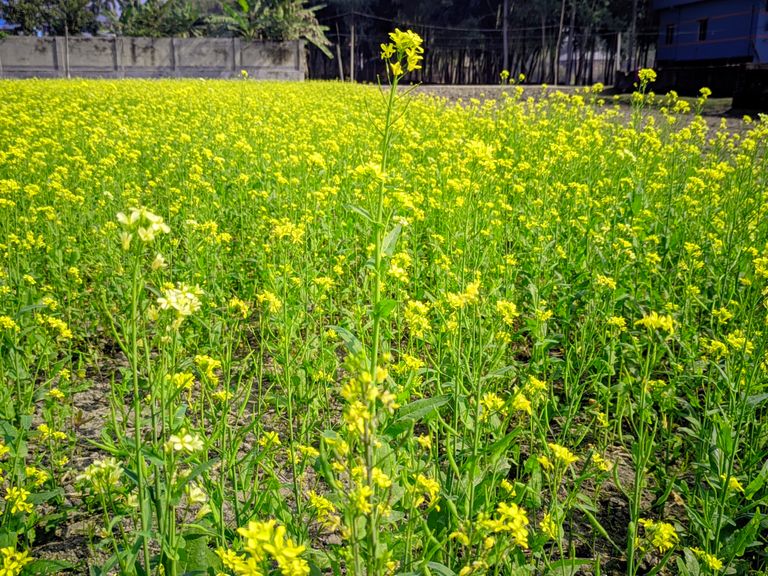

Mustard Fields: A Visual Treat
A field of mustard flowers in full bloom is a sight to behold. The endless stretches of bright yellow flowers against a backdrop of blue skies or green landscapes create a serene and picturesque view. These fields are not only visually pleasing but also attract tourists and photographers, contributing to local tourism.
Challenges in Mustard Cultivation
Despite their many benefits, mustard plants face certain challenges. Pests like aphids and diseases such as downy mildew can affect the health of the plants and reduce yields. Additionally, climate change poses a threat to mustard cultivation, as changes in temperature and rainfall patterns can impact growth. Farmers often need to adopt sustainable practices and pest management techniques to overcome these challenges.
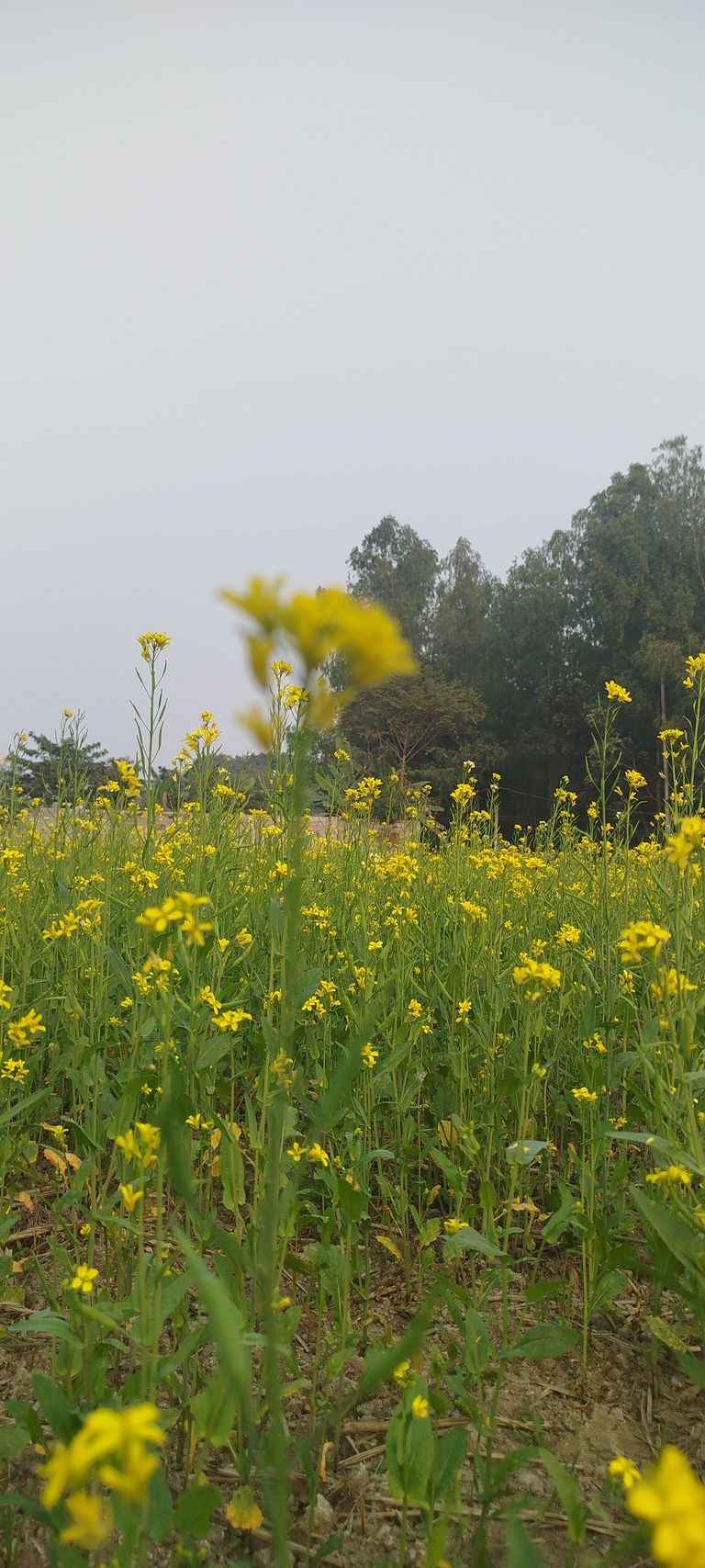
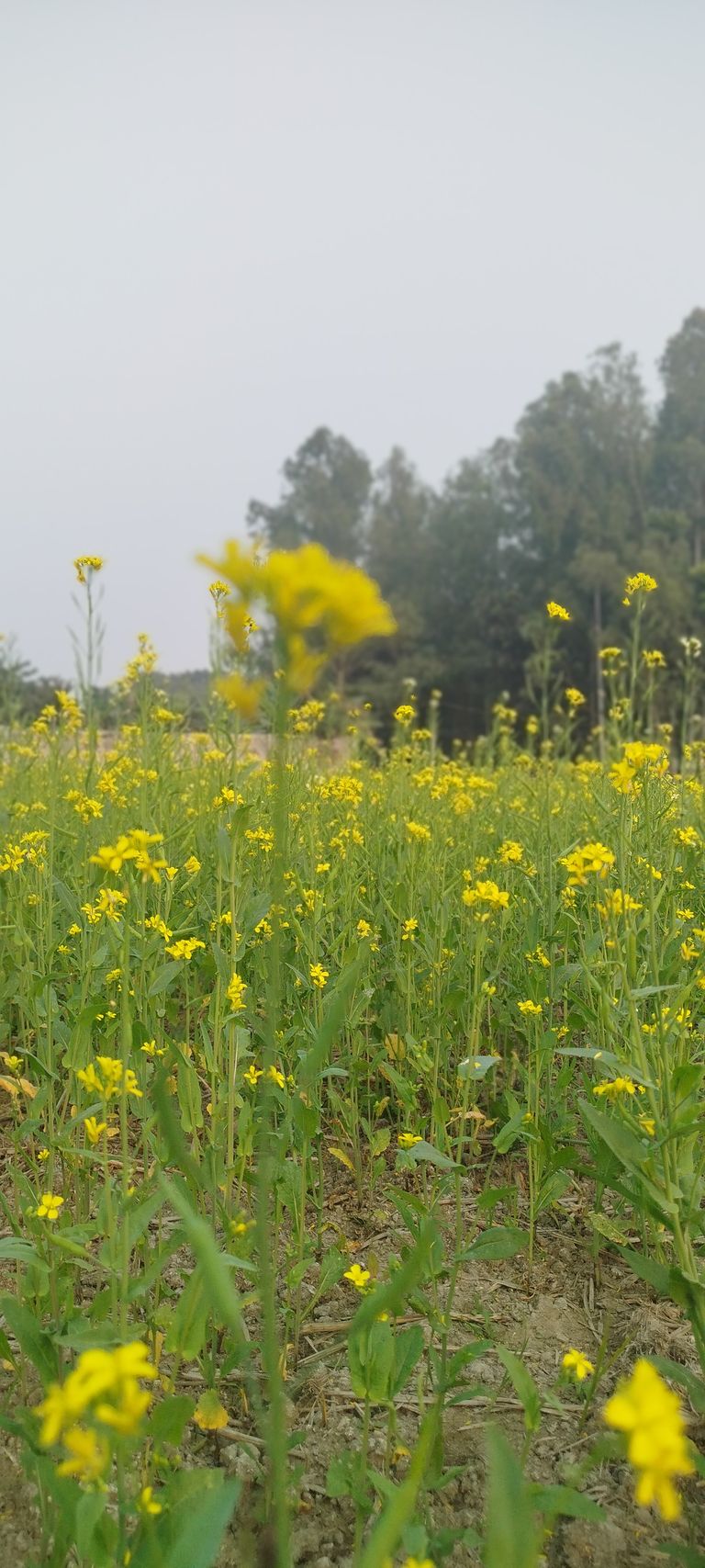
Mustard flowers hold a special place in many cultures. In countries like India and Bangladesh, mustard fields are often associated with rural beauty and prosperity. These golden fields have inspired poets, writers, and artists for generations. In some traditions, mustard flowers symbolize happiness, renewal, and abundance.
In religious contexts, mustard seeds are often used as metaphors for faith and potential. For instance, in the Bible, the mustard seed is mentioned as a symbol of faith and growth. Similarly, in Buddhism, mustard seeds are associated with overcoming obstacles and achieving enlightenment.
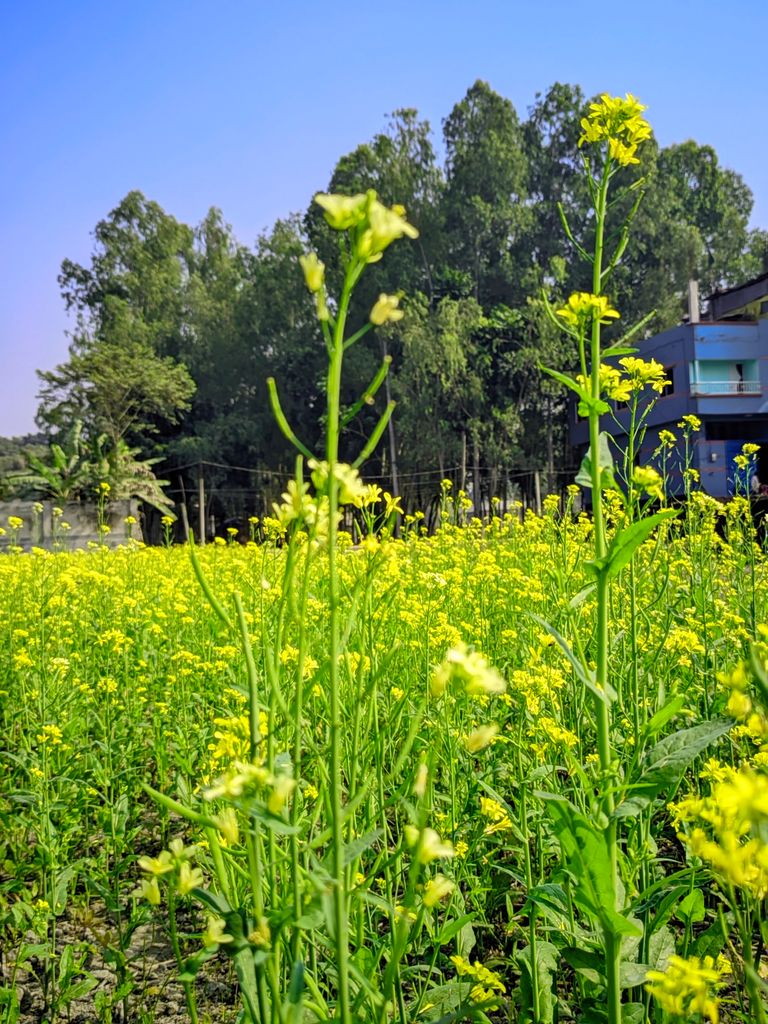
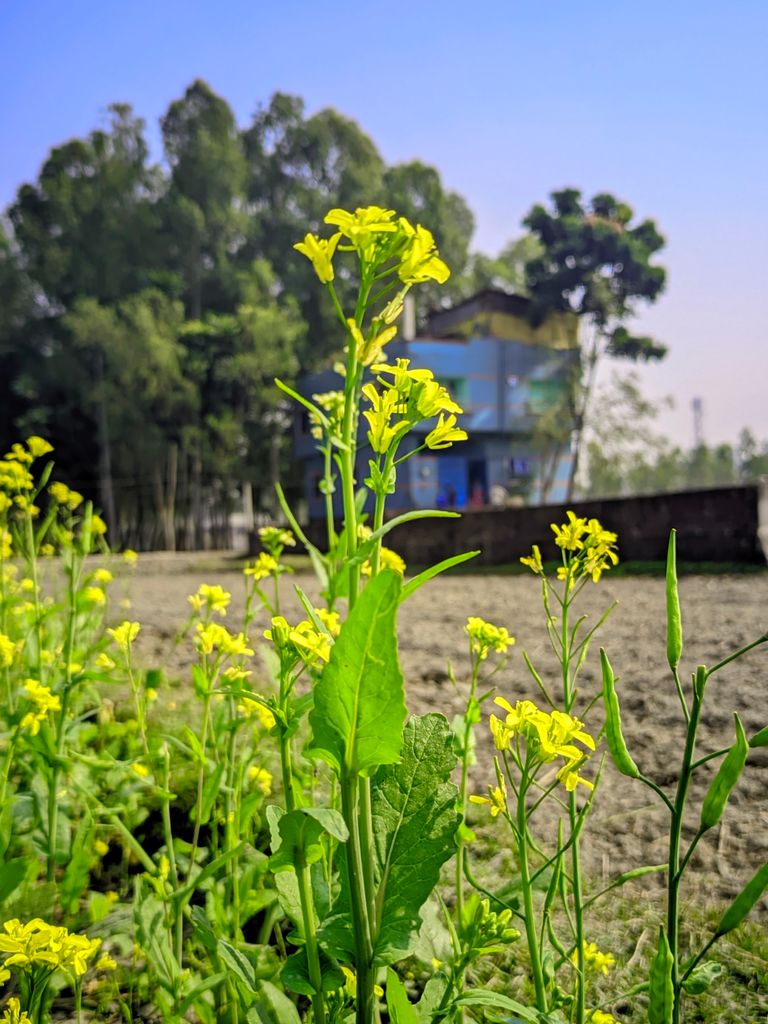
Ending here today..........
❤️ Thanks for visiting my blog.
I hope you like this blog.
If you like the blog, let me know through the comment.
See you again in the next blog.
Stay healthy, be careful and follow me.
And Subscribe my YouTube Channel
https://youtube.com/@littlerafi-h6l?si=tyZIp4JJPDkbTQtL